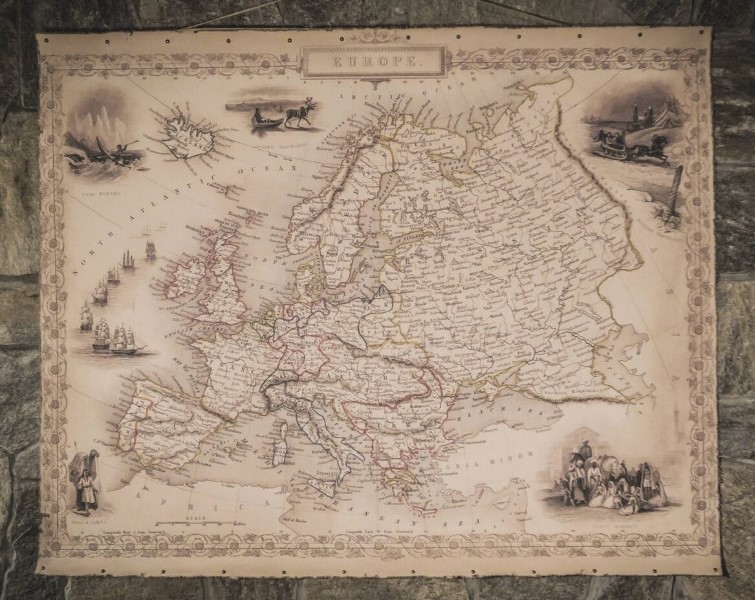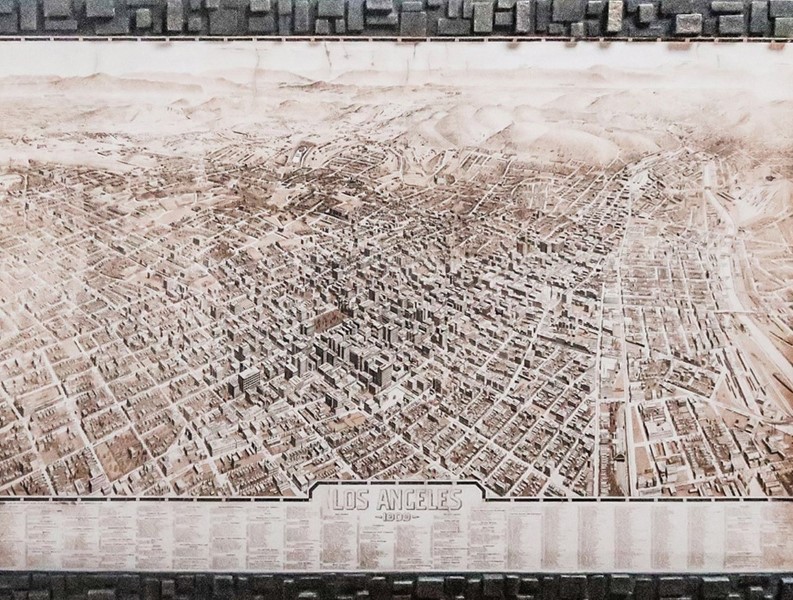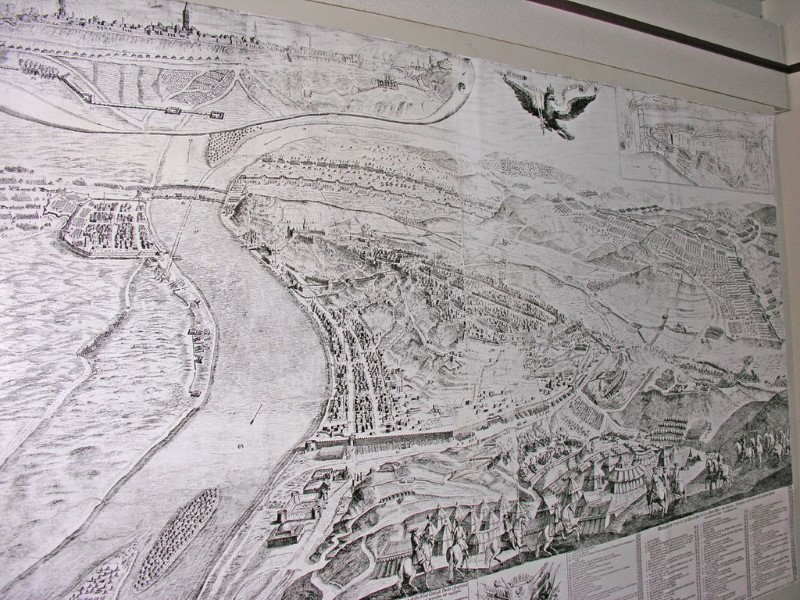It can be very challenging to render visualizations of the relationship of mankind to the environment. But, ask any map collector and they will surely tell you how old maps are a proof of how long they have been doing an excellent job for many centuries. There are a lot of things you will learn from collecting maps that beginners might not notice right away.
How is the Collectible Map Industry at the Moment?
The map industry has significantly rebounded from the slowdown that almost all antique markets have experienced after the financial crisis of almost a decade ago. At the moment, there is a robust demand and interest in a variety of antique maps that range from more common maps to rarer finds.

How Maps are Defined or Categorized in General
Obviously, the most common categorization is based on the depicted geography such as Asia maps, US maps, maps of Texas, and others.

One more way collectors think of maps is according to type like folding or pocket maps, atlases, wall maps, railroad maps, maps of early exploration of a particular region, books with maps, and others. There are collectors that separately categorize the city maps and pictorial and bird’s-eye views maps that become even more common during the early 20th century.
Specialties in Map Collecting
Just like most types of collectibles, collectors have the tendency of following their passion and stamping their own interests in their collections. Having said this, there are several themes that are often followed. There are some who consider maps as artworks, particularly the maps before 19th century full of allegorical figures and vignettes. These collectors collect maps according to perceived artistic value and aesthetics.

Most collectors focus on certain geography relevant to them like their heritage, residence, and others. Similarly, there are collectors focusing on a certain period of time such as before 18th century or a particular map theme or type like maps from US Revolutionary war. There are times when collectors grow to become generalists, which mean they will collect all kinds of maps.
Map Elements or Features That Affect Value and Prompt Interest of Collectors
Just like other forms of antiques and art, there is no rigid formal that can help define potential interest or value. Value is often a function of desirability, uniqueness, age, rarity, cartographer, map size, and artistic impression including condition and coloration.
The first maps that captured a particular geography will likely be more valuable compared to the rendering of the same area made later on. There are also old maps that only generate a lot of interest that make collectors value them more. Age is modestly correlated with value yet there are 1600 maps that normally sell for a lower of some maps from 1800s. The condition is extremely essential, specifically for more common maps. Ultimately, collector demand will drive interest and value that is then influenced by the rest of the elements mentioned earlier.
Specific Types of More Affordable or Available Maps
Papermaking and printing technological advancements have taken a significant leap during the 19th century. The result is that the production of maps has become less expensive with a larger supply of maps after mid-19th century.
Most maps during this time period are quite affordable including the maps by the prolific cartographers such as Mitchell, Colton, and Tallis. There are also old maps that are quite attractive, covering almost all geographies with enough supply for warranting lower prices. The best examples of these are Belin’s maps from mid-1700s.
Where to Find Maps and Factors to Consider When Buying Vintage or Antique Maps
In general, antique maps are mostly available at the actions, such as from the map-specific dealers and several antique book dealers and even general antique shops, specifically in tourist destinations. You can expect that prices are much lower at auctions where there is lesser business overhead that the price needs to cover.
Dealers also have acquired expertise and knowledge that transfers into credibility for the serious collectors. Considering how important reputation is in niche or specialty business like antique maps, many places that auction or sell maps will offer a fair deal to buyers. If you are planning to buy old maps, it is recommended to focus first on the item itself, whether it will fit your collection or not, and then on the value.
How Much Can You Expect to Pay When Starting a Map Collection?
The specific amount of money that the collector is willing to spend for a map collection is a matter of personal decision. Having said this, a collector can begin with great maps at less than $100 and add to the collection further as maps of interest become available in their set budget.
Once their collection starts growing, most collectors gain more confidence when it comes to their understanding of old maps and the tendency is for them to invest in rarer and more expensive maps that are priced at over $1,000. The secret here is to just enjoy and have fun with your collection. Finally, it is also important to determine if you are planning to keep your entire collection or you will rotate your maps as you sell off some over time.
Condition Factors That Affect Collectability of Maps
Condition is extremely essential just like other antiques. The condition statements often focus on the maps themselves with less focus on the margins. Foxing or those tiny spots due to impurities in paper stock, discoloration, water or mold spots or stains, splits or tears, toning or browning or yellow of paper stock, excessive folds, and missing portions are good examples of poorer condition or quality defects. As common sense dictates, poorer condition can be forgiven in rare maps. On the other hand, more common maps that are in poorer condition will also have lower value. There is also no universal condition-grading system and instead, many dealers rely on providing an opinion of the condition of the map even though some are also using their very own grading system.














